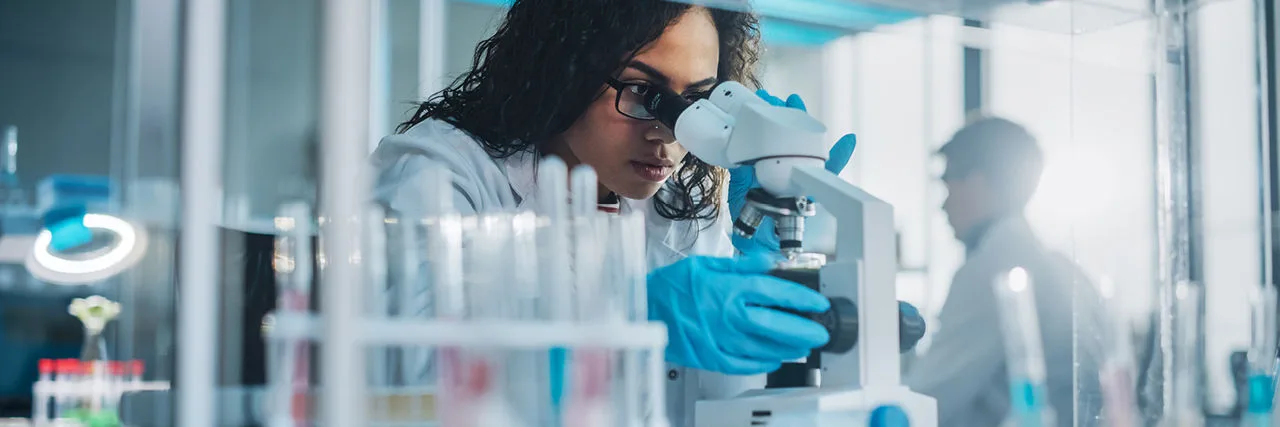One of the latest technologies being tested for managing type 1 diabetes is a closed-loop system. This system uses a continuous glucose monitor (CGM) to measure blood glucose levels. When blood sugar begins to rise outside of the target range, it sends information to an insulin pump to automatically administer insulin. When blood sugar begins to fall, insulin is not administered. It is a closed loop because the patient is not deciding when to inject insulin or how much, but rather the system does so automatically.
A recent study involving 168 individuals with type 1 diabetes between the ages of 14 and 71 were part of a six-month trial using a closed-loop system. One hundred and twelve people were randomly assigned to the closed-loop group while the remaining 56 people used a sensor-augmented pump and were considered the control group. All 168 participants completed the trial. There were no incidences of hypoglycemia and only one incidence of diabetic ketoacidosis, which occurred in the closed-loop group.
The results showed that the closed-loop group remained in the target range for glucose levels (70-180 mg/dL) a greater percentage of time than those in the control group. On average, their time in the target range increased from 61% to 71%, while the control group remained around 59%. In addition, the closed-loop group spent less time with glucose levels above 180 mg/dL or below 70 mg/dL. Throughout the duration of the six-month trial, participants in the closed loop group remained in closed-loop mode (with the system automatically managing glucose monitoring and insulin administration) a median of 90% of the time.
While the closed-loop system is not perfect, these findings show that it improved time spent in the target glucose range, which is desirable in diabetes management. It also reduces the manual tracking and input from individuals with type 1 diabetes in managing the disease. While more research and testing are needed, it is a step in the right direction toward developing what many refer to as an “artificial pancreas.”
Diabetes Research Connection (DRC) is interested to see how this system will continue to advance and improve diabetes management in the future and continues to follow its progress. These types of devices play an integral role in supporting individuals with T1D and helping them to maintain more normal blood glucose levels. The DRC supports early career scientists in pursing novel research studies geared toward improving understanding, diagnosis, and treatment of T1D with the goal of one day finding a cure. Learn more about these efforts and how to help by visiting https://diabetesresearchconnection.org.




